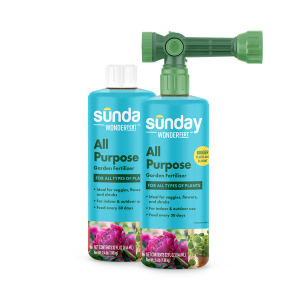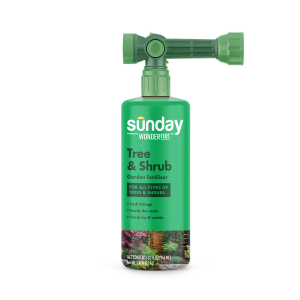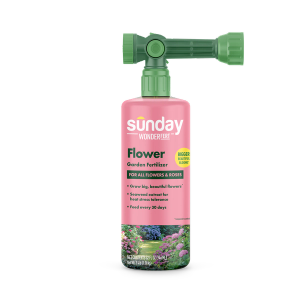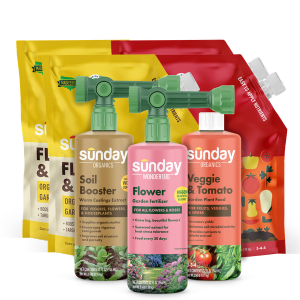Before we dig in, you might be wondering - what are bulbs, anyway? The term “bulb” actually refers to various fleshy underground storage structures, including:
- Corms: short, squat stems adapted to store energy.
- Tubers: fleshy roots that act as an energy reserve.
- Rhizomes: underground stems.
- True bulbs: contain a complete plant - roots, stems, leaves, and all!
Some summer bulbs (like Asiatic lilies) are true bulbs, but many are actually tubers or rhizomes. Regardless, summer bulbs are planted in spring to provide a pop of summer color.
How to plant summer bulbs
- Select the right spot. Summer bulbs generally do best in full sun or part shade, but check your bulb package for specific requirements.
- Prep the soil. After the soil thaws, and the threat of frost is past, it’s time to plant! Dig individual holes for each bulb, or loosen all of the soil where you will be planting a bunch of bulbs together. Add some slow release all purpose fertilizer to give those bulbs a boost of nutrients as they get growing.
- Plant your bulbs. Check your bulb packaging for planting depth recommendations, and make sure the side with roots popping out is facing down. Cover with soil and water the bulbs generously.
Sunday ProTip: Label or map what and where you planted so you don’t forget while waiting for your bulbs to sprout!
How to care for summer bulbs
Water your bulbs regularly, but make sure you don’t end up with permanently soggy soil, which can cause bulbs to rot. Add some slow release fertilizer when you first see shoots appear. Don’t fertilize bulbs when flowering, though, because this can shorten the bloom time.
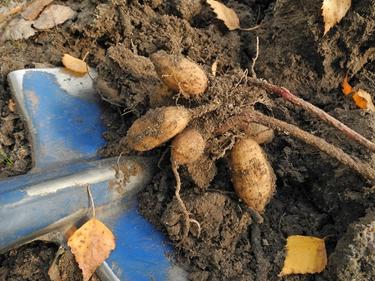
In warm southern climates with mild winters, summer bulbs may persist and can be left in the ground to come back next summer. In most places, though, summer bulbs can’t handle the cold, so you’ll either need to plan to buy new bulbs next spring or try your hand at storing your bulbs over winter:
- Dig up summer bulbs.
- Clean off the soil.
- Dry for 3 days at 60-70F away from direct sun or wind.
- Store in a mesh bag in a cool (but not cold), dark location to protect from freezing. A garage or basement is a great option for this.
- In spring, pull your bulbs out of storage, discard any that might have gotten squishy while resting, and replant.
Sunday ProTip: There’s always an exception to the rule, and in this case, it’s lilies - lilies should survive the winter in most regions, so don’t worry about digging these bulbs up!
Cited sources
Cornwell, R. Bulbs & More: Planting & Care. University of Illinois Extension.
Meyer, M.H. Planting bulbs, tubers and rhizomes. University of Minnesota Extension.
Penn State Extension. Bulbs, Corms, Rhizomes and Tubers.







